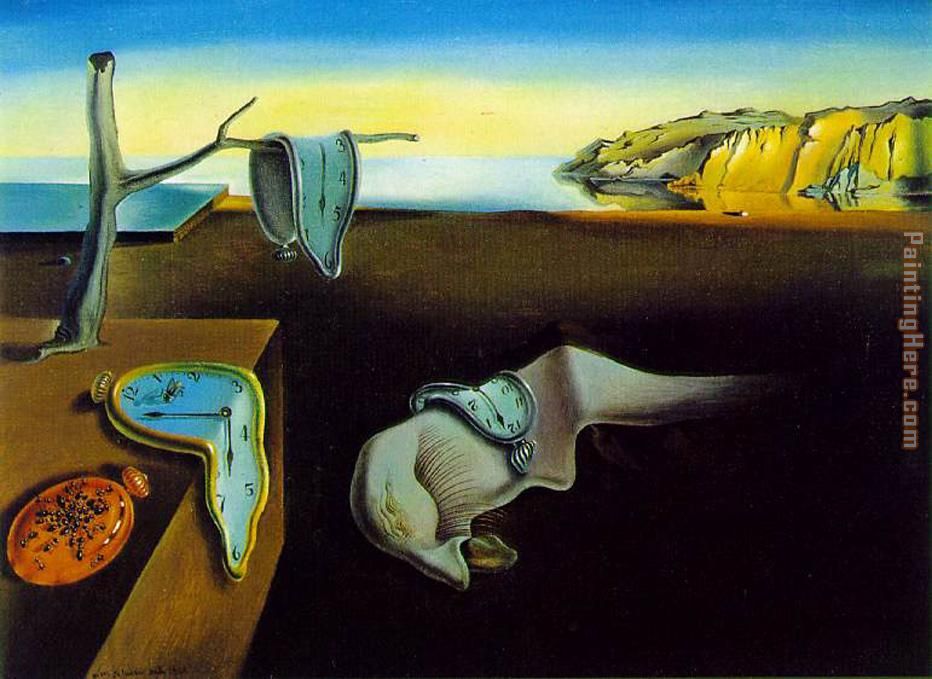
Posted on 07/26/2011 6:12:32 AM PDT by LibWhacker
Ever wondered what would happen if the dimension of time came to a sudden end? A new experiment reveals all

One of the most exciting areas of science is the emerging field of spacetime analogues. This is the discipline in which physicists play around with systems that have a formal mathematical link with general relativity.
For example, changes in the way electrons move in graphene as it is cooled are identical to the changes that may have occurred in the universe soon after the big bang. So physicists can use cool graph to test theories about the universe's earliest behaviour.
Another example is the formal mathematical analogy between the behaviour of light in electromagnetic space and in spacetime. That's interesting because physicists have recently learnt how to manipulate electromagnetic space using metamaterials. That has allowed them to create the electromagnetic equivalents of quantum foam, the big bang and even the entire multiverse.
All of these experiments are jaw droppers (imagine making black hole in the lab). That's why it's hard to top them.
But Igor Smolyaninov at the University of Maryland likes to have a go. Today, he explains how he's created an experiment that models the end of time.
The idea is straightforward (no really!). Metamaterials can be made to behave like ordinary space with two dimensions of space and one of time. But they can also be made to behave like other types of spaces, with two dimensions of time and one of space, for example.
Smolyaninov points out that an interesting situation occurs when these two materials are place end on. If a time dimension is perpendicular to a space dimension, it simply hits a dead end. In other words, time runs out.
"This situation (which cannot be realized in classic general relativity) may be called the "end of time"," he says in a paper with a couple of colleagues.
Not content with merely thinking about such a scenario, these guys have gone ahead and built it using a plastic called polymethyl methacrylate or PMMA deposited in stripes onto gold film. The light takes the form of plasmons moving across the surface.
So what happens at the end of time? Smolyaninov says that the electromagnetic field simply diverges, which is something of an anticlimax in an experiment so pregnant with sci-fi potential.
But interesting stuff nevertheless.

Ping.
A black hole ends time, in that both time and space amount to the same thing, so if matter is so compressed that it effectively no longer occupies space, it also no longer occupies time.
It’s easy to think of a black hole as a big, black ball, but it is closer to being a “hole” in space and time than a ball.

You pose an interesting point, but then form a conclusion that, ¨Our existence is pointless.¨
Yet something established the particle values you mentioned, and created the space simultaneously (E=mc²).
I think everything was constructed, and that involves reason. God, I love religion and science.
Physicists Recreate 'End Of Time" In LabDoes anybody really know what time it is.
Cool. I'll just; Roll with the changes turn it up to 11
dang. still get chills at the guitar & keyboard solos!
ps: I invented playing Air Guitar ;-)
(really)

QC101 - Quantum Cosmology for Nomadic Sheepherders.
Maybe not.
Disclaimer: Opinions posted on Free Republic are those of the individual posters and do not necessarily represent the opinion of Free Republic or its management. All materials posted herein are protected by copyright law and the exemption for fair use of copyrighted works.